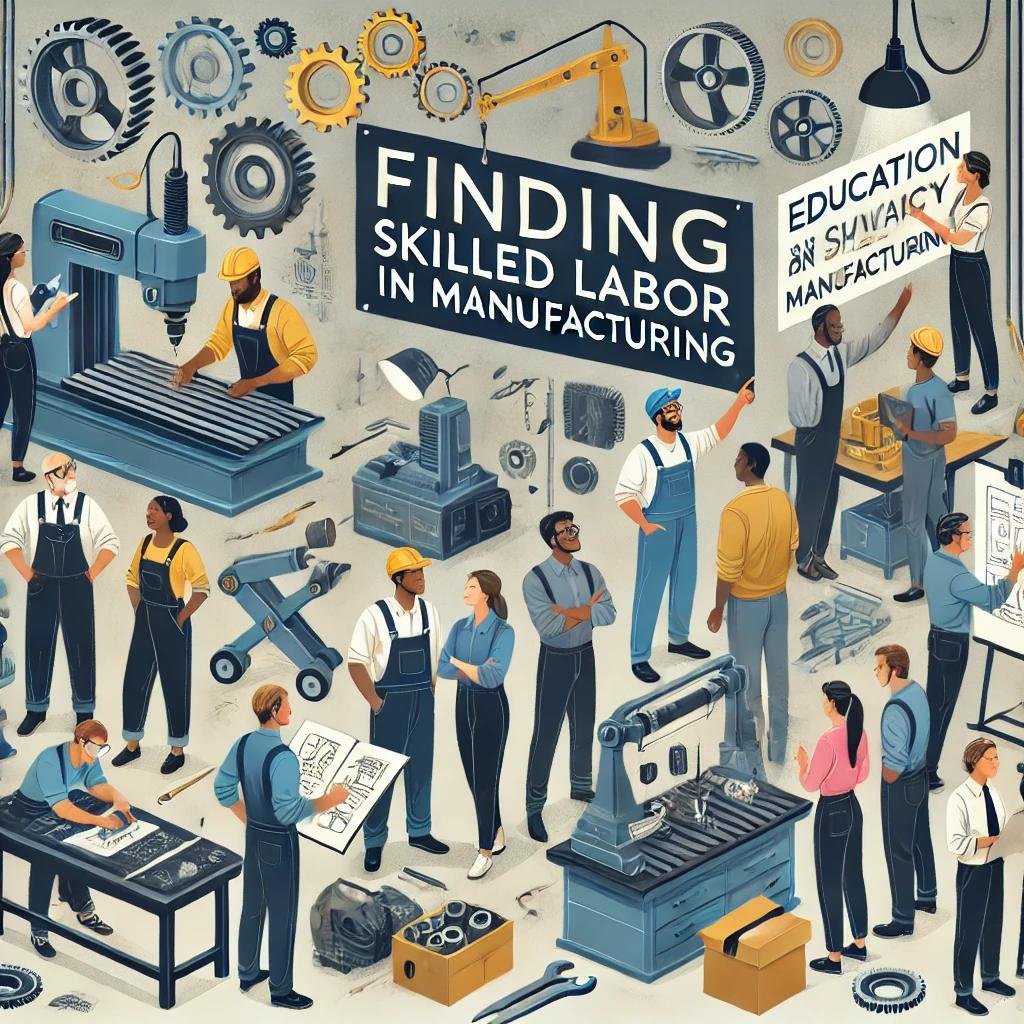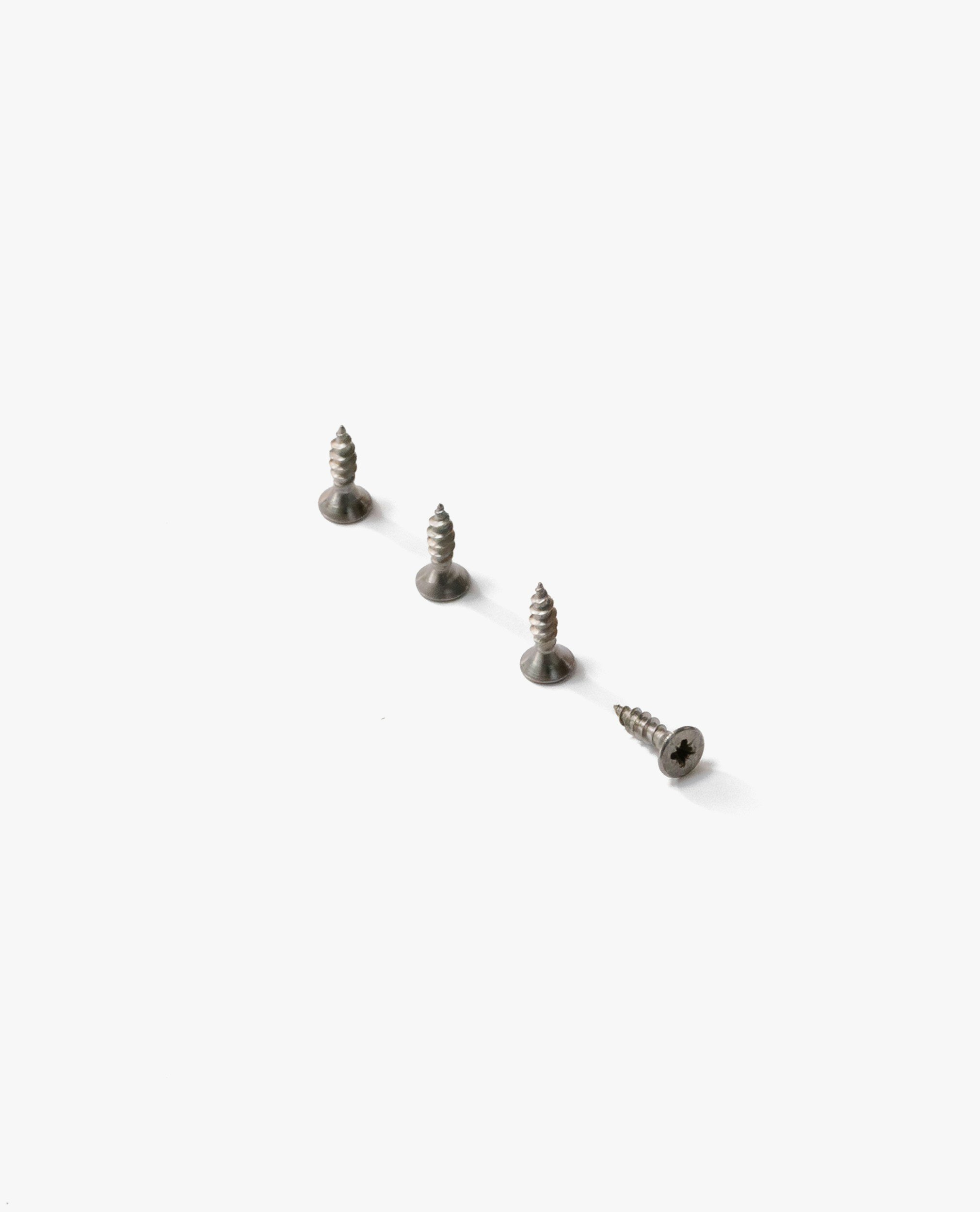









How to Compete with Larger Firms in the Manufacturing Industry
Competing with larger firms in the manufacturing industry can feel like an uphill battle, especially when their resources and reach seem overwhelming. But at Mills Machine Works, we’ve learned that agility, personal touch, and a genuine commitment to customer service can be our strongest assets. One of our clients came to us frustrated with the impersonal service of a bigger competitor. What made the difference? Our responsiveness and dedication. We listened, we acted, and we showed them that small businesses can deliver not just quality, but an experience that’s second to none.

How to Navigate the Challenge of Finding Skilled Labor in Manufacturing
inding skilled labor in the manufacturing sector has become a formidable challenge, and it’s one that resonates deeply with many small business owners like us at Mills Machine Works. It’s disheartening when you invest in training and development, only to see employees leave for better opportunities. But rather than dwelling on these difficulties, we must agitate our thinking and take action. By advocating for a stronger presence of trades in our local schools, we can inspire the next generation to consider careers in manufacturing. Together, we can create a robust pipeline of skilled labor that meets the demands of our industry."

How Inconsistent Quality in Machining Costs You More Than You Think
At Mills Machine Works, we’ve seen this firsthand with customers who come to us after experiencing machining failures elsewhere. They’re tired, frustrated, and desperate for a solution that will help them avoid the constant back-and-forth over part quality. We get it—precision should be a given, not a gamble. You need reliability, and you deserve a partner who values that as much as you do.

How to Overcome Long Lead Times for Prototypes
One of our clients, a defense company, came to us with a serious problem. They were behind schedule on a major project, and their previous vendor wasn’t delivering prototypes fast enough. As a result, they were losing time—and money. That kind of situation doesn’t just slow down production; it can make or break an entire project. The frustration was clear. They needed prototypes now, but every extra day was putting them further behind. Their schedule was slipping away, and they were desperate for a solution.

How to Control Machining Costs Without Compromising Quality
When machining costs balloon, it’s more than just numbers—it’s time lost, opportunities missed, and trust eroded. But controlling those costs doesn’t have to mean compromising quality. By focusing on strong vendor partnerships and efficient processes, we’ve helped businesses save money, meet deadlines, and deliver flawless parts. It’s not just about getting back on track; it’s about staying ahead. Imagine turning delays and budget overruns into success stories—because that’s what we do